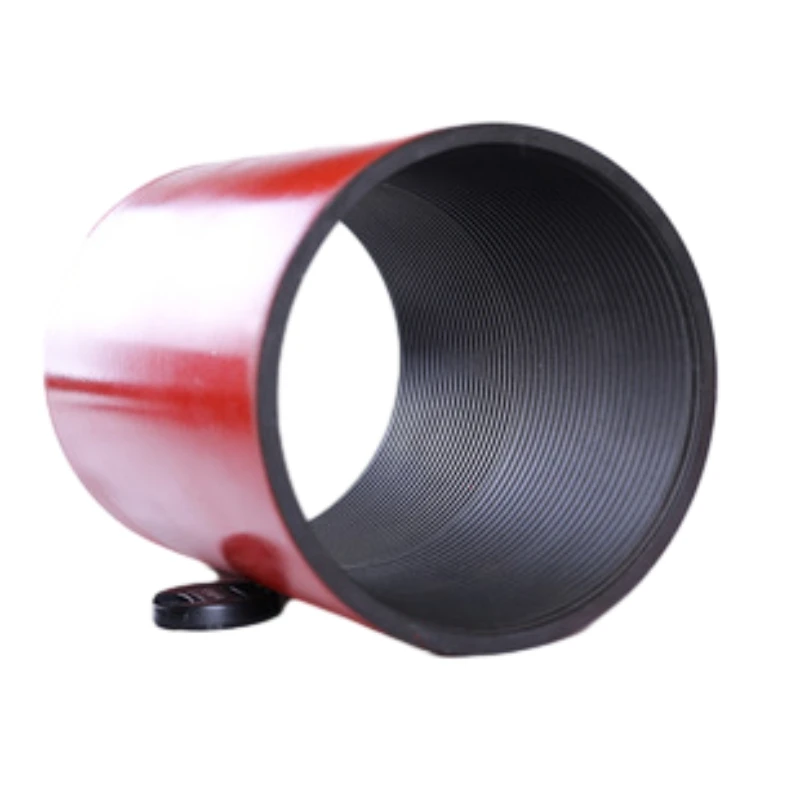- Afrikaans
- Albanian
- Amharic
- Arabic
- Armenian
- Azerbaijani
- Basque
- Belarusian
- Bengali
- Bosnian
- Bulgarian
- Catalan
- Cebuano
- Corsican
- Croatian
- Czech
- Danish
- Dutch
- English
- Esperanto
- Estonian
- Finnish
- French
- Frisian
- Galician
- Georgian
- German
- Greek
- Gujarati
- Haitian Creole
- hausa
- hawaiian
- Hebrew
- Hindi
- Miao
- Hungarian
- Icelandic
- igbo
- Indonesian
- irish
- Italian
- Japanese
- Javanese
- Kannada
- kazakh
- Khmer
- Rwandese
- Korean
- Kurdish
- Kyrgyz
- Lao
- Latin
- Latvian
- Lithuanian
- Luxembourgish
- Macedonian
- Malgashi
- Malay
- Malayalam
- Maltese
- Maori
- Marathi
- Mongolian
- Myanmar
- Nepali
- Norwegian
- Norwegian
- Occitan
- Pashto
- Persian
- Polish
- Portuguese
- Punjabi
- Romanian
- Russian
- Samoan
- Scottish Gaelic
- Serbian
- Sesotho
- Shona
- Sindhi
- Sinhala
- Slovak
- Slovenian
- Somali
- Spanish
- Sundanese
- Swahili
- Swedish
- Tagalog
- Tajik
- Tamil
- Tatar
- Telugu
- Thai
- Turkish
- Turkmen
- Ukrainian
- Urdu
- Uighur
- Uzbek
- Vietnamese
- Welsh
- Bantu
- Yiddish
- Yoruba
- Zulu
Joint Oil and Gas Ventures in the Emerging Energy Market
Pup Joint in Oil and Gas Industry A Key Component in Drilling Operations
In the ever-evolving landscape of the oil and gas industry, precision, efficiency, and safety are paramount. One of the critical components that contribute to successful drilling operations is the pup joint. This seemingly simple piece of equipment plays a significant role in the assembly of drill strings and production tubing, ensuring that operations proceed smoothly and effectively.
A pup joint is a short length of pipe used in drilling and production operations. It typically comes in various lengths, usually ranging from 2 to 10 feet, and is designed to connect other sections of pipe, such as drill pipe or casing. The pup joint serves a crucial purpose it provides flexibility in the overall length of the drill string and can help to adjust the weight and buoyancy of the system during drilling operations.
Pup Joint in Oil and Gas Industry A Key Component in Drilling Operations
One of the key advantages of using pup joints is their ability to tailor the drill string's length to specific operational requirements. During drilling operations, achieving the optimal drill string length can be critical to reaching target depths efficiently and cost-effectively. Moreover, by using pup joints, operators can compensate for the effects of contraction and expansion caused by temperature variations, which can affect the overall length of the drill string.
pup joint oil and gas

In addition to their role in drilling, pup joints are also pivotal in production operations. They are used in the completion phase of wells, where they connect the production tubing to the wellhead. This connection is crucial for transporting oil and gas from the reservoir to the surface. Proper selection and installation of pup joints in this context can significantly impact production efficiency and overall well performance.
The manufacturing process of pup joints involves several stringent quality control measures. Each joint is subjected to rigorous testing to ensure that it meets industry standards for strength and durability. This testing may include pressure testing, non-destructive testing, and inspection for any defects that may compromise performance. The goal is to ensure that each pup joint is capable of performing reliably in the field conditions they will encounter.
Another important aspect of pup joints is their versatility. Depending on the specific needs of the operation, operators can choose from a variety of sizes, thicknesses, and thread types. This adaptability allows for customized drilling solutions tailored to the unique challenges presented by each well. In an industry where every detail matters, the ability to customize components like pup joints can be a decisive advantage.
Furthermore, as the oil and gas industry increasingly emphasizes sustainability and environmental responsibility, the role of pup joints may evolve. Innovative designs and materials may be developed to enhance the performance of these components while minimizing their environmental impact. The integration of new technologies could lead to improvements in the efficiency of installation and operation, thus reducing the overall carbon footprint of drilling and production activities.
In conclusion, pup joints may seem like a minor component in the grand scheme of oil and gas operations, but their significance cannot be understated. They provide essential flexibility, facilitate effective drilling and production processes, and play a key role in ensuring the safety and reliability of operations. As the industry continues to evolve and adopt new technologies, the pup joint will undoubtedly remain a cornerstone in the quest for efficient and sustainable resource extraction. As operators strive to optimize their processes and reduce costs, understanding the value of each component, including pup joints, becomes crucial in navigating the complexities of modern oil and gas exploration and production.
-
Tubing Pup Joints: Essential Components for Oil and Gas OperationsNewsJul.10,2025
-
Pup Joints: Essential Components for Reliable Drilling OperationsNewsJul.10,2025
-
Pipe Couplings: Connecting Your World EfficientlyNewsJul.10,2025
-
Mastering Oilfield Operations with Quality Tubing and CasingNewsJul.10,2025
-
High-Quality Casing Couplings for Every NeedNewsJul.10,2025
-
Boost Your Drilling Efficiency with Premium Crossover Tools & Seating NipplesNewsJul.10,2025







